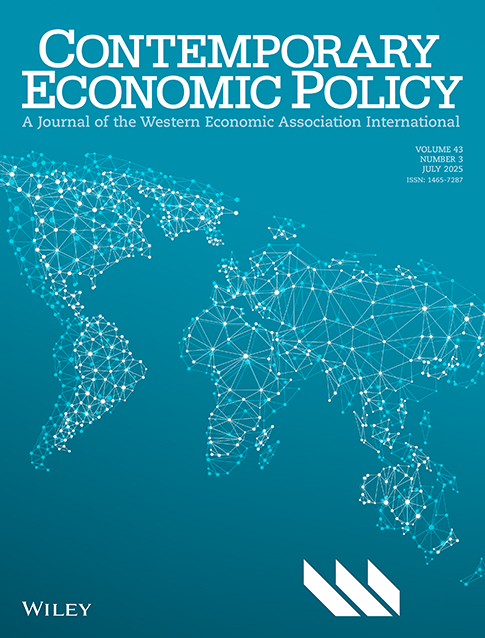NORTH AMERICAN FREE TRADE AGREEMENT BILATERAL TRADE EFFECTS
This is a revised version of a paper presented at the Western Economic Association International 69th Annual Conference, Vancouver, B.C., July 3, 1994. A Faculty Summer Research Grant from the Office of Research and Sponsored Projects at Villanova University funded this study.
Abstract
This study evaluates the effects of the North American Free Trade Agreement (NAFTA) on bilateral trade between the United States and Canada and between the United States and Mexico. Trade flow estimates are from a vector autoregression (VAR) model. The VAR methodology allows modeling bilateral trade in a flexible manner that incorporates both the interaction between different variables and the dynamics of trade, output, prices, and the exchange rate. After testing the outside sample forecasting ability of the models, the study produces dynamic forecasts of bilateral trade. It then compares forecasts incorporating the effects of the NAFTA with baseline forecasts. The results suggest expanded trade for all three countries and an improvement in the U.S. trade position with both Canada and Mexico.
Abbreviations
-
- ADF
-
- Augmented Dickey Fuller
-
- FPE
-
- Final Prediction Error
-
- FTA
-
- Free Trade Agreement
-
- GATT
-
- General Agreement on Tariffs and Trade
-
- NAFTA
-
- North American Free Trade Agreement
-
- VAR
-
- Vector Autoregression
-
- VEC
-
- Vector Error Correction




